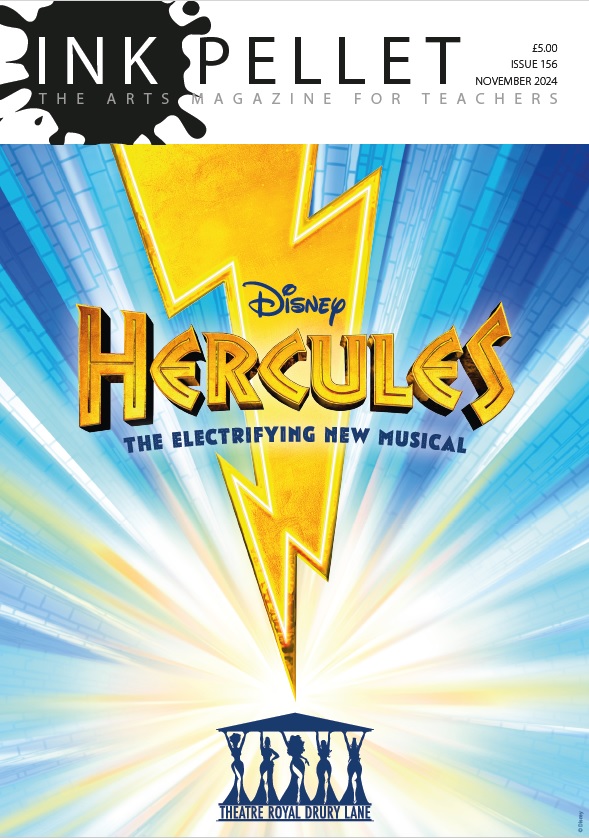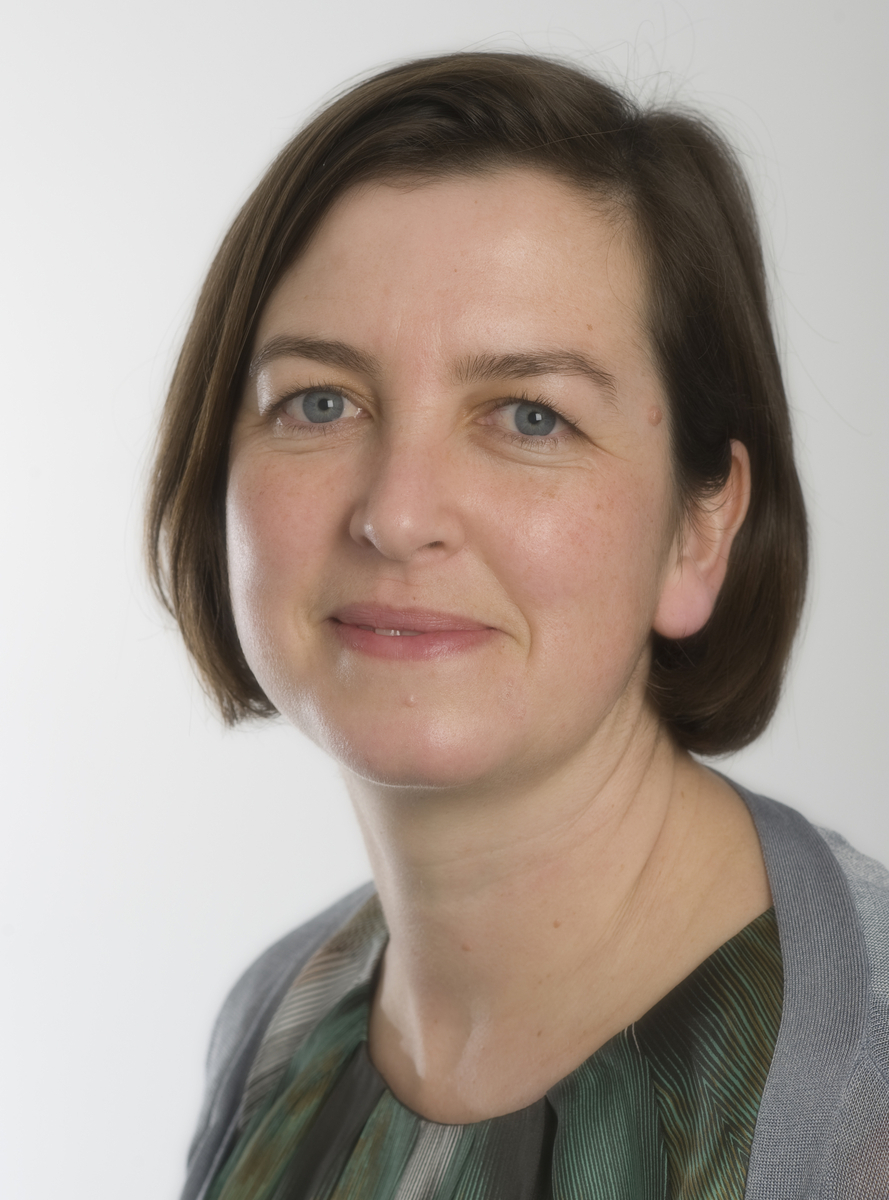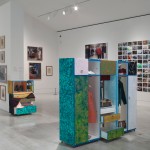There isn’t a typical working day! We have regular programming team meetings with the director, and the learning and exhibitions teams. That’s the exciting bit – talking about exhibitions, events and learning projects. People will bring ideas – if they’ve been somewhere, for example, they will bring images and talk about it and its implications for our programme. These are nice bits, keeping each other enthused and up to date.
My job is varied and I can be doing anything from meeting with partners to leading school groups around the gallery and talking to members of the public. We work very far in advance so in terms of the detail of delivery we’re always a show ahead. We’ve just finished planning our next big show Turner and the Elements and we’re now going to start planning our Tracey Emin exhibition in the summer.
As part of the management team, I will also get involved with budget planning, where the organisation is going and how we can do things differently. There is a great feeling of responsibility in our work and this is what drives a lot of us. That’s why I love this job – we’re bringing the absolute best works from artists of national and international significance and we want to make it relevant locally. We feel a strong sense of responsibility and I think that’s exciting because we can make our work relevant to people living locally who might not visit galleries.
One of the things I’m most proud of is the fact that we employ local people. Before we opened in April, we worked with a local college to train 20 people to get them into a good position to apply for front of house jobs. Now, 14 of those people work with us. They are just brilliant and they get a lot of feedback about how good they are at getting people engaged in art.
Before the gallery opened we did a week of training for the whole organisation including director and front of house with a practical philosopher and body language expert. We focused on the fact that we are a gallery in an area that hasn’t had one before – we wanted people to feel inspired and welcome. I think we have achieved this and I’m really proud of that. Another thing I helped to introduce was the navigators who offer a different approach to
guiding visitors. Our schools programme is called ‘We Are Curious’ – we never want to tell people what to think. We want to guide them. So the heart of our approach is to get audiences to be curious and to base our learning on questions rather than telling visitors facts – we try to slip them into the conversation. We use youth navigators too and they are really good at starting conversations very quickly.
We are continuing to build on our brilliant community links and are growing our skills in thinking, listening and talking about art with some brilliant commissions in the community.
The best thing would be to have an ambitious artist working on something large scale in a place where local
people have said it would be great to have it. They would then care about the work and talk to visitors about it. That would really help to spread the
gallery’s regenerative effect on the community.




